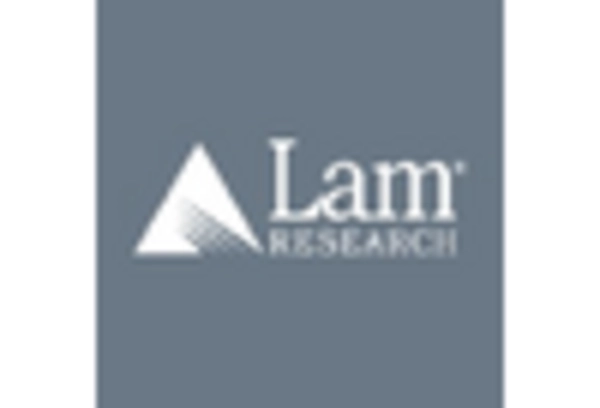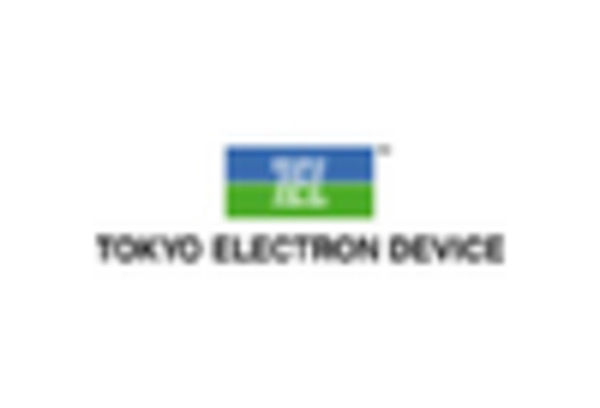China : Unmatched Growth and Investment Potential
Key markets include cities like Shanghai, Beijing, and Shenzhen, which are hubs for semiconductor manufacturing. The competitive landscape features major players like ASML, Applied Materials, and Lam Research, which have established significant operations in China. Local dynamics are characterized by a strong push for self-sufficiency in semiconductor production, driven by geopolitical factors. Industries such as consumer electronics and automotive are increasingly reliant on advanced semiconductor technologies, further enhancing market growth.
India : Government Initiatives Fueling Growth
Key markets include Bengaluru, Hyderabad, and Pune, which are emerging as technology and manufacturing hubs. The competitive landscape is evolving, with players like Applied Materials and KLA Corporation establishing a presence. Local dynamics are influenced by a growing startup ecosystem and increasing collaboration between government and private sectors. The automotive and consumer electronics industries are significant drivers of demand for semiconductor production equipment.
Japan : Strong Legacy in Semiconductor Manufacturing
Key markets include Tokyo, Osaka, and Nagoya, which are central to Japan's semiconductor ecosystem. The competitive landscape features major players like Tokyo Electron and Advantest Corporation, which dominate the local market. Japan's business environment is characterized by strong collaboration between academia and industry, fostering innovation. The automotive and robotics sectors are significant consumers of semiconductor technologies, driving further growth in the market.
South Korea : Leading in Advanced Technologies
Key markets include Seoul and Incheon, which are pivotal to South Korea's semiconductor landscape. The competitive environment is robust, with significant investments from local giants and international players like Lam Research. The business climate is favorable, supported by a skilled workforce and advanced infrastructure. The consumer electronics and telecommunications sectors are primary drivers of demand for semiconductor production equipment, further solidifying South Korea's market position.
Malaysia : Growing Hub for Electronics Production
Key markets include Penang and Selangor, which are known for their semiconductor manufacturing facilities. The competitive landscape features players like KLA Corporation and Teradyne, which have established operations in the region. Local dynamics are influenced by a favorable business environment and strong government support. The automotive and consumer electronics sectors are significant contributors to the demand for semiconductor production equipment, driving further investment in the industry.
Thailand : Government Support and Investment Growth
Key markets include Bangkok and Chonburi, which are central to Thailand's semiconductor landscape. The competitive environment is evolving, with local and international players establishing a presence. Major companies like Hitachi High-Technologies are significant contributors to the market. The business environment is improving, supported by government initiatives and a skilled workforce. The automotive and consumer electronics sectors are key drivers of demand for semiconductor production equipment, enhancing market prospects.
Indonesia : Investment Opportunities on the Rise
Key markets include Jakarta and Batam, which are emerging as centers for semiconductor manufacturing. The competitive landscape is still developing, with opportunities for both local and international players. Companies like Teradyne are beginning to establish a foothold in the market. Local dynamics are characterized by a growing interest in technology and innovation. The consumer electronics sector is a significant driver of demand for semiconductor production equipment, paving the way for future growth.
Rest of APAC : Emerging Markets and Growth Potential
Key markets include Vietnam, the Philippines, and Singapore, which are becoming increasingly important in the semiconductor ecosystem. The competitive landscape features a mix of local and international players, with opportunities for growth in various sectors. The business environment is improving, supported by government policies and a skilled workforce. The consumer electronics and automotive sectors are significant contributors to the demand for semiconductor production equipment, driving further investment in the region.















Leave a Comment